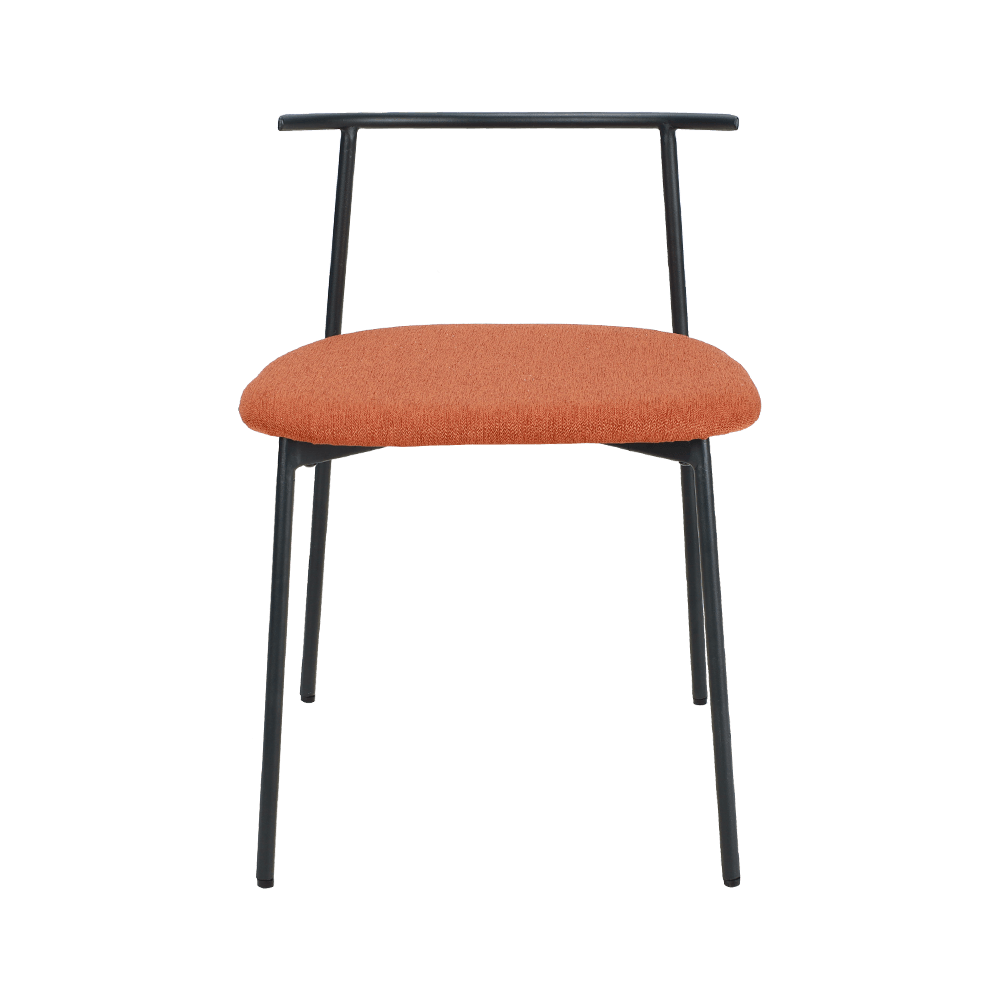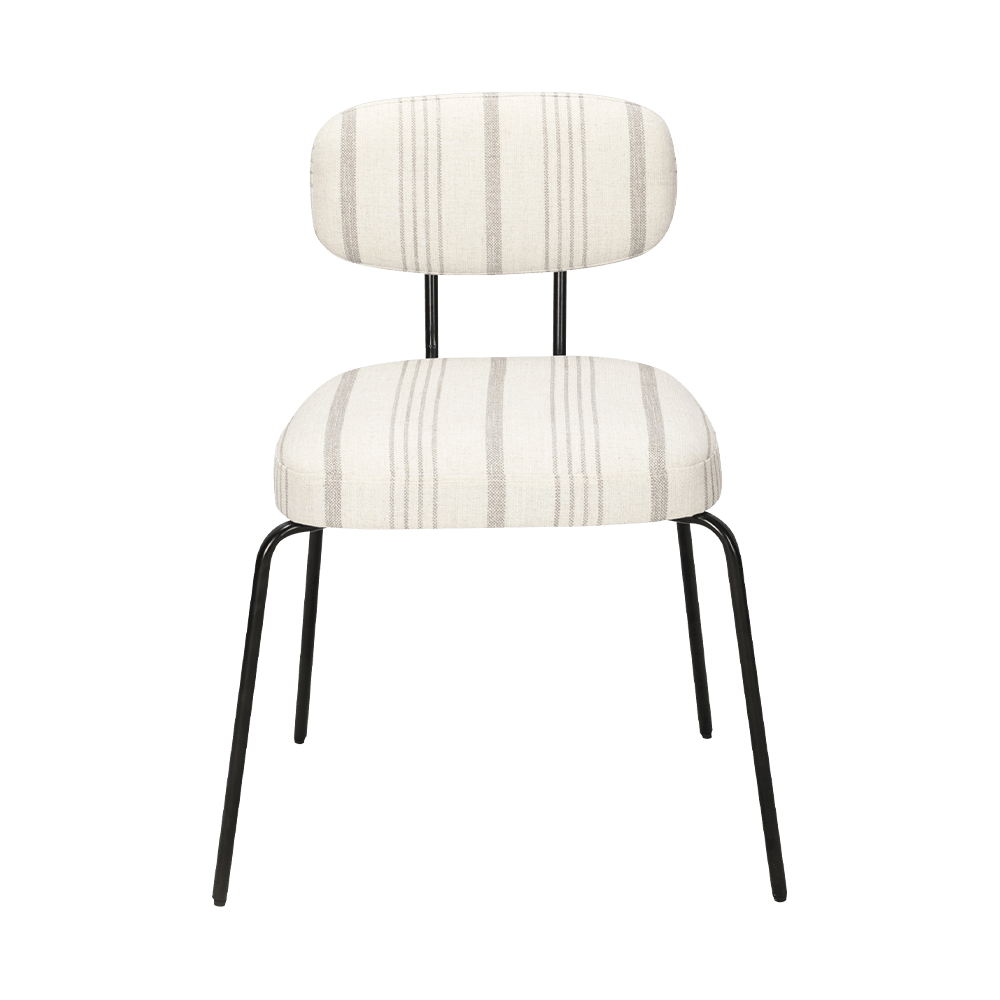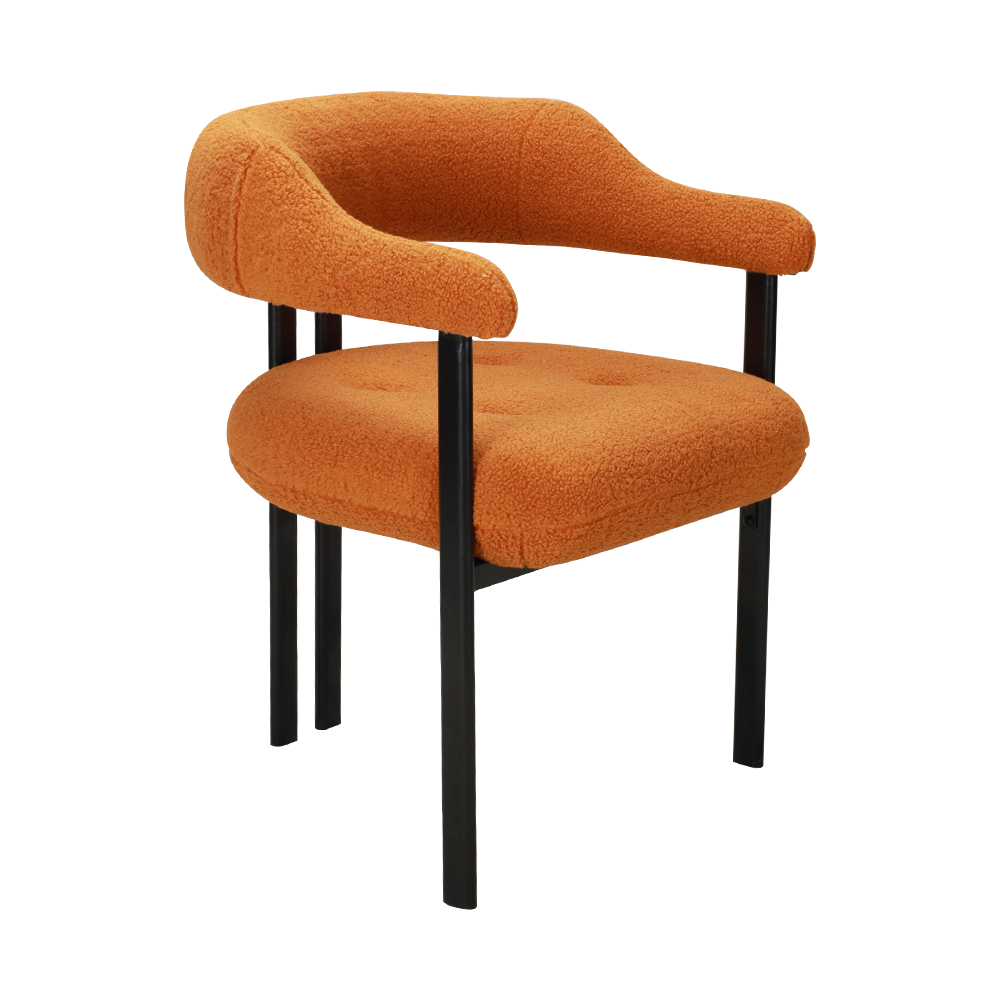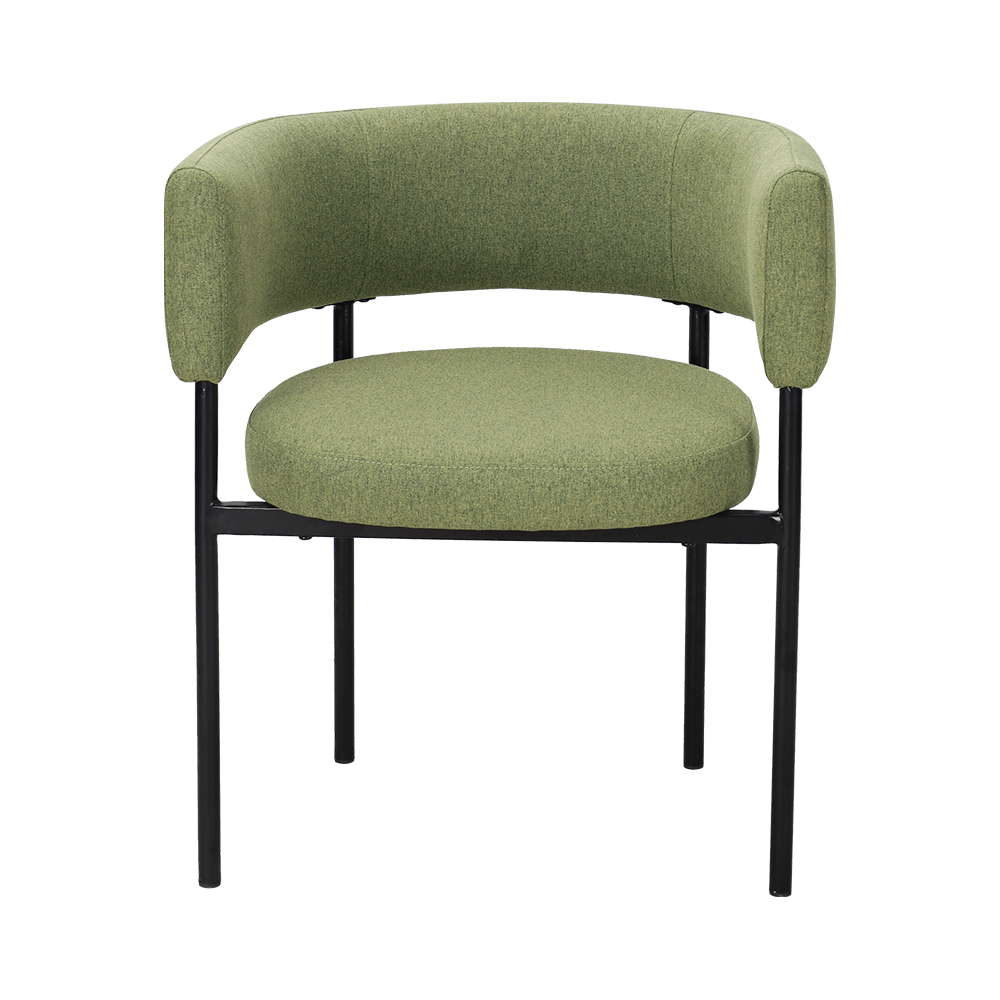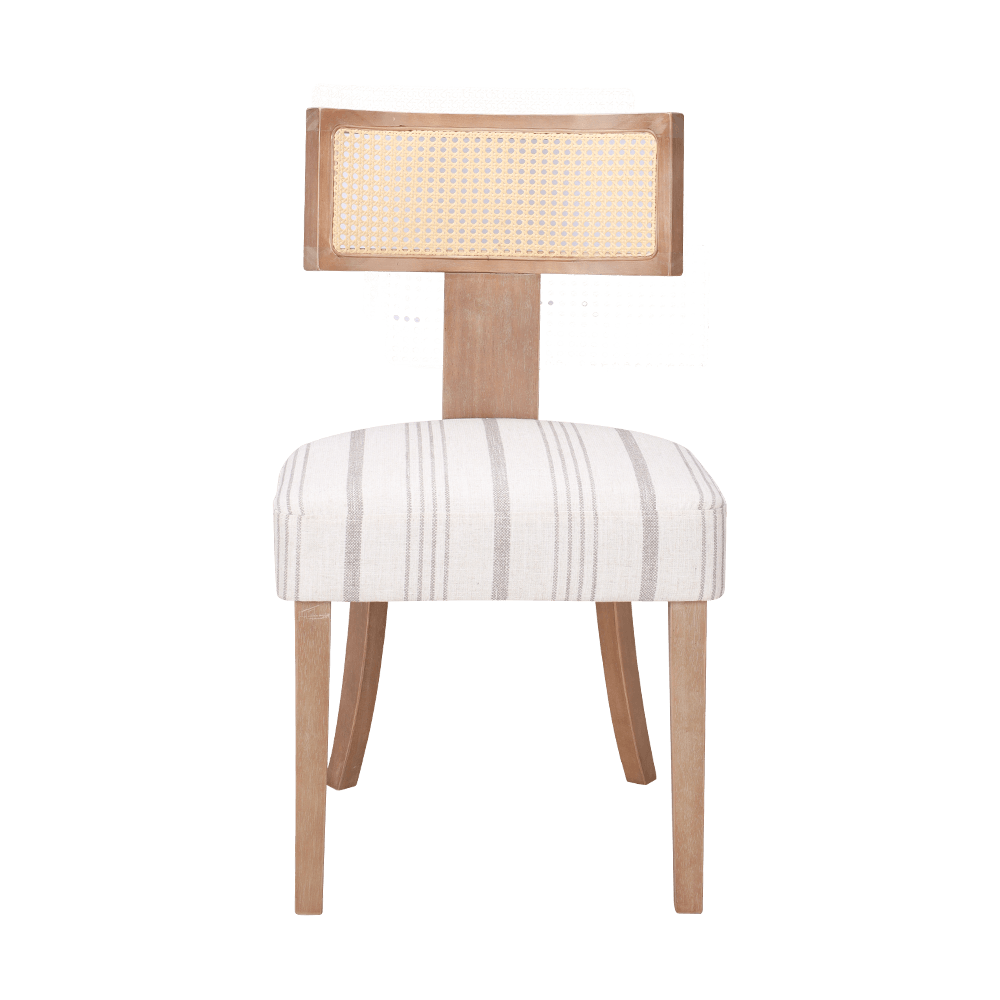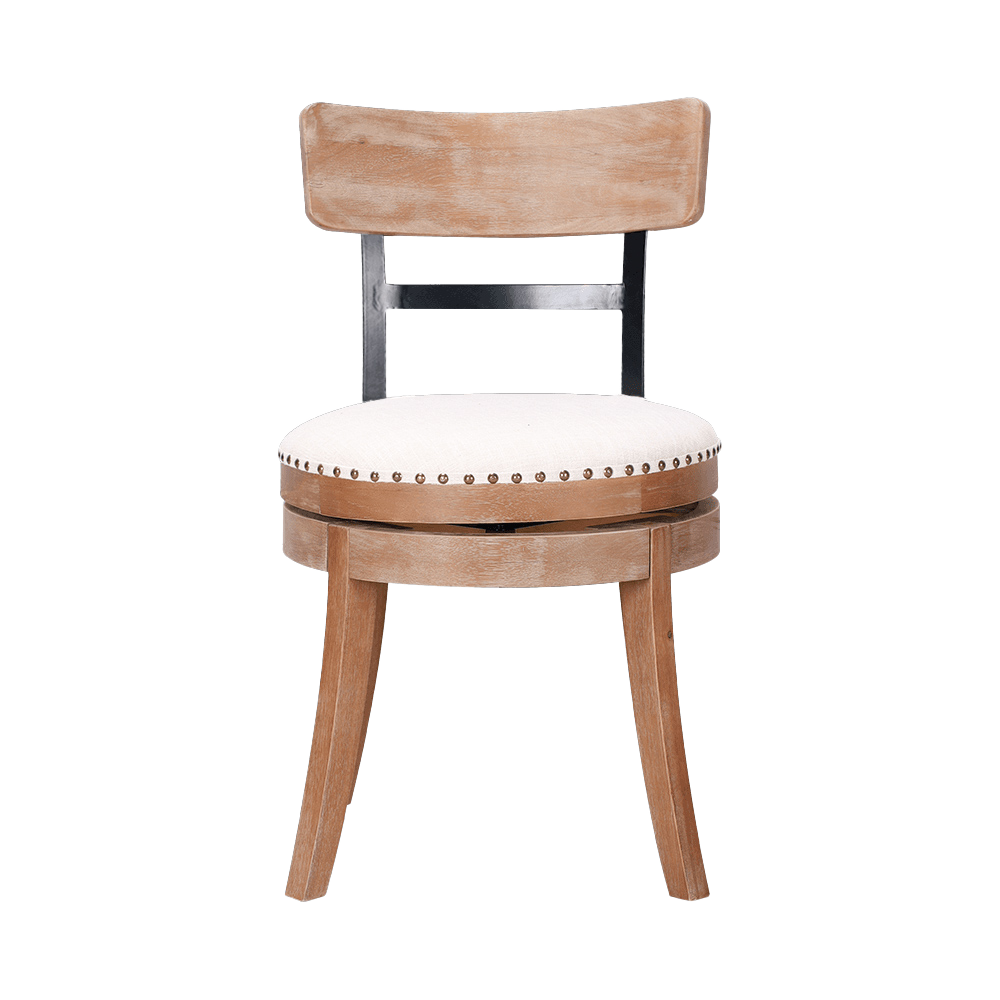What surface treatments are available for the metal legs of a Metal Leg Dining Chair?
Posted by Zhejiang Wanchang Furniture Co., Ltd.
The metal legs of a Metal Leg Dining Chair can undergo various surface treatments to enhance their appearance, durability, corrosion resistance, and overall performance. These treatments are selected based on factors such as metal type, design style, usage environment, and cost considerations. Below is a detailed overview of common and advanced surface treatment options:
1. Powder Coating
-
Description: A dry powder is electrostatically applied to the metal surface and then cured under heat to form a hard, smooth finish.
-
Advantages: Excellent corrosion resistance, wide color and texture options (matte, gloss, metallic), environmentally friendly (no solvents), and cost-effective for volume production.
-
Applications: Common in modern, industrial, and minimalist chair designs.
2. Electroplating (Chrome, Nickel, etc.)
-
Description: A thin layer of metal (such as chrome, nickel, or zinc) is deposited on the surface through an electrochemical process.
-
Advantages: High-gloss metallic finish, good wear and corrosion resistance, and a sleek appearance.
-
Limitations: Can be prone to scratching or peeling if not properly maintained; less eco-friendly due to chemical use.
-
Applications: Often used in mid-century modern or retro-style dining chairs.
3. Anodizing (for Aluminum)
-
Description: An electrochemical process that thickens the natural oxide layer on aluminum surfaces.
-
Advantages: Improved corrosion and wear resistance, enhanced surface hardness, and metallic color options (e.g., bronze, black, silver).
-
Limitations: Only applicable to aluminum parts.
-
Applications: Lightweight chairs with aluminum frames, typically for contemporary or minimalist interiors.
4. Brushed or Polished Finishing
-
Description: Mechanical finishing processes to produce a textured (brushed) or mirror-like (polished) surface.
-
Advantages: Enhances aesthetic quality, shows craftsmanship, and suits premium furniture markets.
-
Limitations: Fingerprints and scratches are more visible on polished finishes.
-
Applications: High-end dining chairs and custom designs.
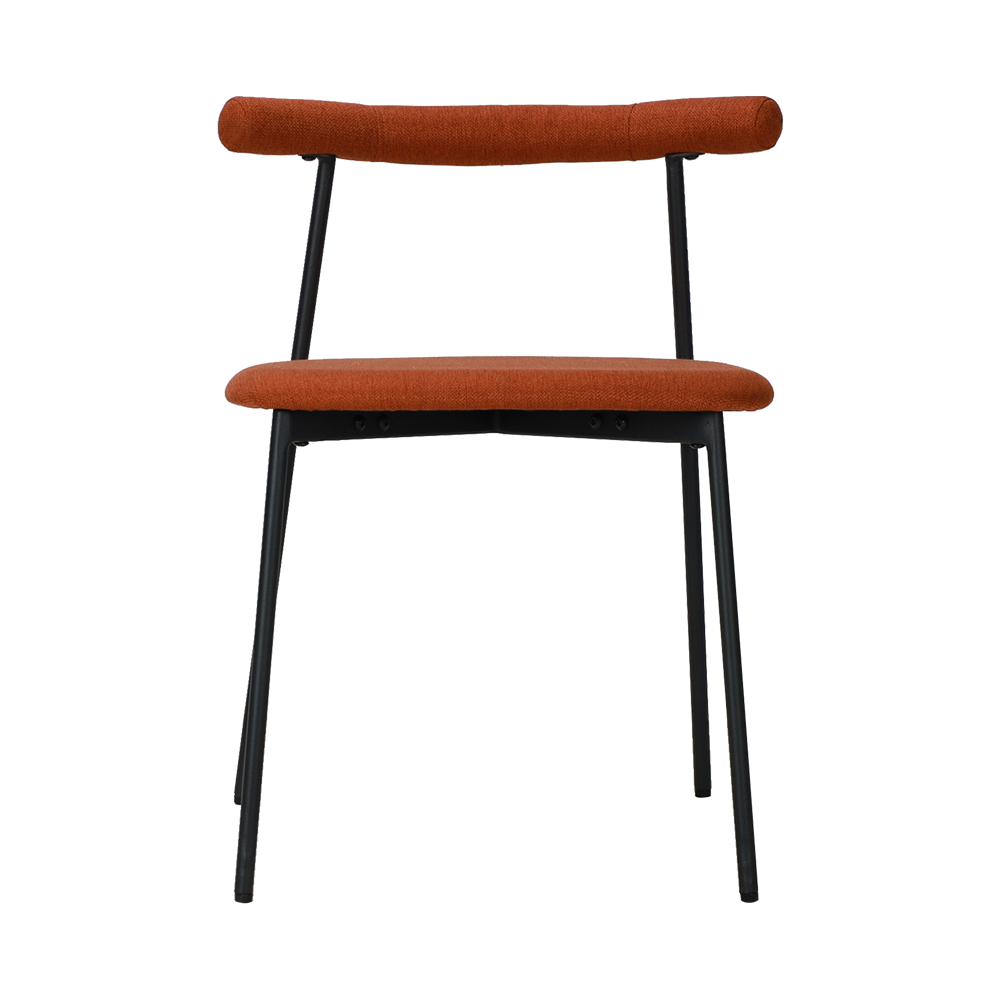
5. Painting (Liquid Paint)
-
Description: A wet paint is sprayed or brushed onto the metal surface, then cured or baked.
-
Advantages: Good visual appeal and color flexibility, suitable for both indoor and covered outdoor use.
-
Limitations: Less durable than powder coating; prone to chipping.
-
Applications: Budget-friendly or decorative chair designs.
6. Black Oxide (for Steel)
-
Description: A chemical conversion coating that produces a black finish on ferrous metals.
-
Advantages: Provides mild corrosion resistance and a sleek, matte appearance.
-
Limitations: Requires oiling or waxing for corrosion protection; not as durable as other methods.
-
Applications: Used in industrial, rustic, or vintage-style chairs.
7. Galvanization (Zinc Coating)
-
Description: Hot-dip or electro-galvanizing deposits a layer of zinc to protect steel from corrosion.
-
Advantages: Excellent for corrosion resistance, especially in humid or coastal environments.
-
Limitations: Industrial appearance; usually overcoated with paint or powder for aesthetic purposes.
-
Applications: Chairs intended for semi-outdoor or utility settings.
8. E-Coating (Electrophoretic Deposition)
-
Description: A uniform, thin coating is applied using an electrically charged paint bath.
-
Advantages: Great for coating complex shapes evenly, good corrosion resistance, often used as a base coat under powder coating or paint.
-
Applications: Mass-produced metal furniture with high durability requirements.
9. Clear Lacquer or Clear Powder Coat
-
Description: Transparent coatings applied over bare or brushed metal.
-
Advantages: Preserves the natural metal look while offering protection from oxidation and wear.
-
Applications: Designs where the raw or brushed metal aesthetic is desired.
Conclusion
The choice of surface treatment for metal legs depends on the intended use environment, desired visual appearance, cost constraints, and target market. High-end or design-focused chairs may favor polished or plated finishes, while functional or mass-market products may lean toward powder coating or paint. Manufacturers often balance these factors to align with aesthetic trends, performance standards, and production efficiency.




 中文简体
中文简体 English
English